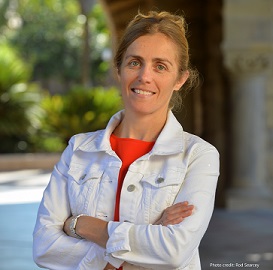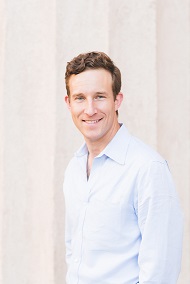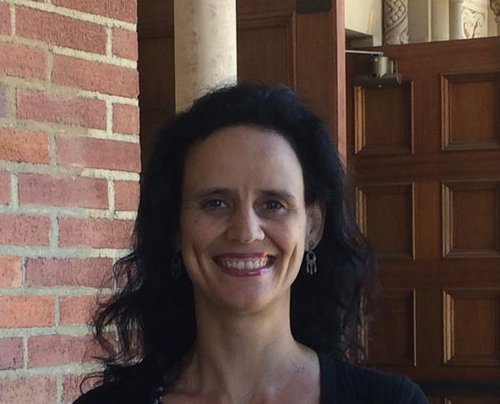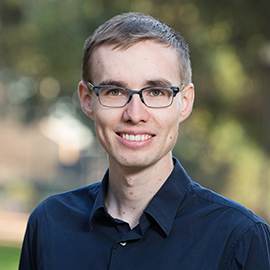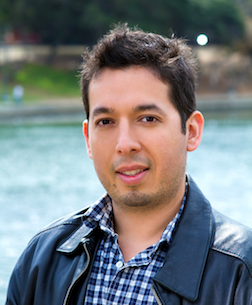Pascaline Dupas, Stanford University
CCPR Seminar Room 4240 Public Affairs Building, Los Angeles, CA, United StatesThe Incidence of Public Subsidies to Private Hospitals under Weak Governance: Evidence from India (joint with Radhika Jain)
Expanding public health insurance and enlisting private agents for service delivery are common policy strategies to meet the goals of universal health coverage, but there is limited evidence from developing countries to inform their design. This paper, joint with Radhika Jain from Harvard School of Public Health, provides quantitative evidence on how insurance design affects program performance and incidence in the context of a government-funded health insurance program that aims to provide free care to 46 million people in Rajasthan, India. We exploit a policy-induced natural experiment, and use administrative claims linked to patient surveys, to provide the first large-scale evidence of private hospital behavior under public health insurance.

